It took Corsair eight years to decide to proceed with a new HX1000i model. The only thing that remains the same is the OEM, which is Channel Well Technology. The platform has top-notch build quality and uses cutting-edge technology, including microcontroller units (MCUs) that handle major circuits.
The new Corsair HXi units are here, and after the HX1500i review, it was time to test the HX1000i. The last HX1000i I tested was in 2014 for TechPowerUp, having similar specs to this one. Someone would expect efficiency to go up after all this time, but nothing significant was introduced in this section by 80 PLUS. On the other hand, we have the Cybenetics ratings now, which are way more demanding, and the new HX1000i meets the Cybenetics Platinum efficiency requirements. It is also rated Cybenetics A- in noise output, making it a reasonably quiet PSU.
The HX1000i uses a semi-digital CWT platform, featuring a type-C USB connector through which you can connect it to your system, monitor its vital functions, and even control some of them through the iCUE software. I have talked about iCUE in the HX1500i review, so there is no need to repeat all that stuff. The platform is different from the HX1500i, which is also shown by the exterior dimensions, with the HX1000i measuring 20mm less in depth.
- Manufacturer (OEM): CWT
- Max Power: 1000W
- Cybenetics Efficiency: [115V] Platinum (89-91%) [230V] Platinum (91-93%)
- 80 Plus Efficiency: Platinum
- Noise: Cybenetics A- (25 – 30 dBA)
- Compliance: ATX12V v2.53, EPS 2.92
- Alternative Low Power Mode support: Yes
- Power 12V: 1000W
- Power 5V + 3.3V: 150W
- Power 5VSB: 15W
- Cooling: 140 mm Fluid Dynamic Bearing Fan (NR140P)
- Semi-Passive Operation: Yes
- Modular Design: Yes (Fully)
- High Power Connectors: 3x EPS (3x cables), 6x PCIe 6+2 pin (3x cables)
- Peripheral Connectors: 8x SATA (2x cables), 8x 4-pin Molex (2x cables)
- ATX/EPS Cable Length: 600/650mm
- Distance between SATA connectors: 115mm
- Distance between 4-pin Molex connectors: 100mm
- In-cable capacitors: No
- Dimensions (W x H x D): 150 mm x 85 mm x 180 mm
- Weight: 1.99 kg (4.39 lb)
- Warranty: 10 years
Box & Bundle
The package’s exterior design is similar to the HX1500i model’s, and the protection offered is adequate. I am still waiting for Corsair to use the Cybenetics badges. They have them on their site, but still nothing on the boxes where it matters the most!
Product Photos
The exterior design follows Corsair’s newest guidelines with the triangular perforations on the inlet and the exhaust. The modular board has fourteen sockets, and one USB-C with a LED installed above it. As Corsair states, this PSU is designed for its Type-4 cables only.
Cables
Lots of cables and connectors, but you won’t find any 12VHPWR connectors. Corsair will probably introduce a new version of this model with the new connectors and ship cables to the users that bought the initial version.
Protection Features
| OCP (Cold @ 28°C) | 12V: 99.4A (119.33%), 12.067V 5V: 34.8A (139.2%), 5.025V 3.3V: 35.3A (141.2%), 3.278V 5VSB: 4.7A (156.67%), 4.818V |
| OCP (Hot @ 41°C) | 12V: 98.6A (118.37%), 12.065V 5V: 33.9A (135.6%), 5.029V 3.3V: 34.7A (138.8%), 3.278V 5VSB: 4.7A (156.67%), 4.815V |
| OPP (Cold @ 29°C) | 1209.41W (120.94%) |
| OPP (Hot @ 45°C) | 1209.37W (120.94%) |
| OTP | ✓ (115°C @ 12V Heat Sink) |
| SCP | 12V to Earth: ✓ 5V to Earth: ✓ 3.3V to Earth: ✓ 5VSB to Earth: ✓ -12V to Earth: ✓ |
| PWR_OK | Proper operation |
| NLO | ✓ |
| SIP | Surge: MOV Inrush: NTC Thermistor & Bypass relay |
OCP is conservatively set at 12V, and the same goes for OPP. OCP should be lower on the minor rails.
Part Analysis
| General Data | |
| Manufacturer (OEM) | CWT |
| PCB Type | Double-Sided |
| Primary Side | |
| Transient Filter | 6x Y caps, 2x X caps, 2x CM chokes, 1x MOV, 1x CM02X (Discharge IC) |
| Inrush Protection | 1x NTC Thermistor SCK20-150 (15 Ohm) & Relay |
| Bridge Rectifier(s) |
2x Vishay LVB2560 (600V, 25A @ 105°C)
|
| APFC MOSFETs |
2x On Semiconductor FCPF067N65S3 (650V, 28A @ 100°C, Rds(on): 0.067Ohm)
|
| APFC Boost Diode | |
| Bulk Cap(s) | |
| Main Switchers |
2x Infineon IPW60R099P6 (600V, 24A @ 100°C, Rds(on): 0.099Ohm)
|
| Digital Controllers | 2x Texas Instruments UCD3138A |
| MCU | Microchip PIC32MM0064GPM036 |
| Topology |
Primary side: Semi-Digital, Interleaved PFC, Half-Bridge & LLC converter
Secondary side: Synchronous Rectification & DC-DC converters |
| Secondary Side | |
| +12V MOSFETs | 10x Infineon BSC014N04LS (40V, 125A @ 100°C, Rds(on): 1.4mOhm) |
| 5V & 3.3V | DC-DC Converters: 6x UBIQ QM3054M6 (30V, 61A @ 100°C, Rds(on): 4.8mOhm) PWM Controller(s): uPI-Semi uP3861P |
| Filtering Capacitors | Electrolytic: 2x Nichicon (2-5,000h @ 105°C, HD), 2x Nippon Chemi-Con (1-5,000h @ 105°C, KZE), 9x Nippon Chemi-Con (4-10,000h @ 105°C, KY), 2x Rubycon (4-10,000h @ 105°C, YXF) Polymer: 16x United Chemi-Con, 23x FPCAP |
| Supervisor IC | Weltrend WT7502R (OVP, UVP, SCP, PG) |
| Fan Controller | Microchip PIC32MM0064GPM036 |
| Fan Model | Corsair NR140P (140mm, 12V, 0.22A, Fluid Dynamic Bearing Fan) |
| 5VSB Circuit | |
| Rectifier |
1x Silan SVF4N65RDTR FET (650V, 2.5A @ 100°C, Rds(on): 2.7Ohm) & 1x D10PS45L SBR (45V, 10A)
|
| Standby PWM Controller | On Bright OB5282CP |
This is a modified CWT platform to meet Corsair’s requirements. All parts used are of high quality, which is why the HX1000i’s price tag is so high. Although the lower grade in Corsair’s portfolio, the RMx line, uses an ML fan, the HXi comes with an FDB one. ML fans might be more tolerant of increased operating temperatures, but making them is not as easy. I am fully satisfied with the NR140P, which has proven extra reliable all these years.
The modern platform uses digital controllers for the primary side and half of the secondary. Analog controllers handle the DC-DC converters generating the minor rails and the 5VSB circuit.
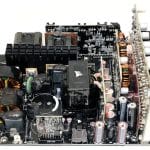
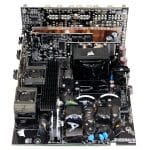
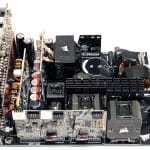
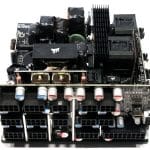

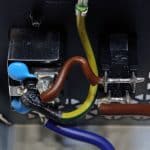
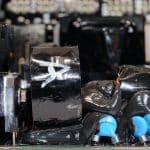

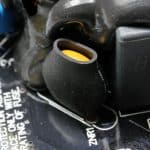

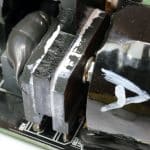
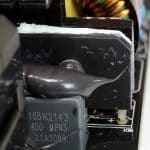
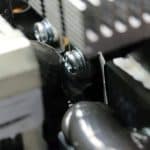
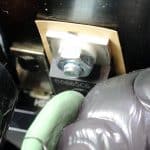
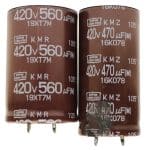
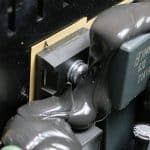
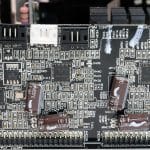

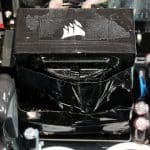
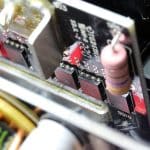
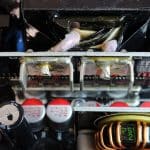
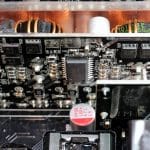
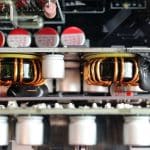
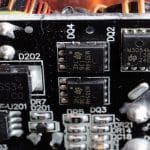
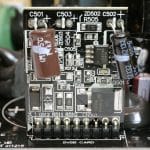
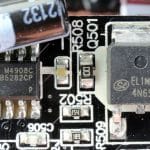
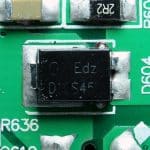
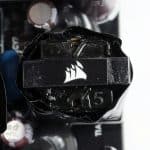
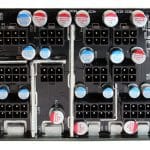

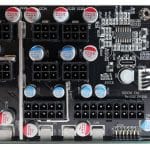

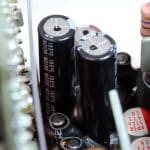
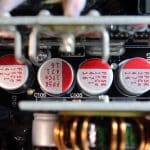
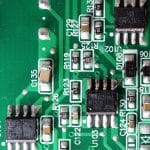
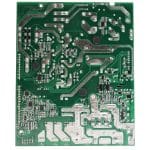
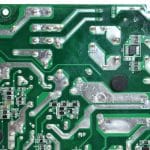
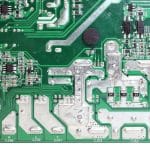



Load Regulation
Load regulation should be tighter, especially at 12V.
Ripple Suppression
Ripple is good on all rails.
Transient Response
The transient response is decent at 12V, great at 5V and mediocre at 3.3V.
Hold Up Time
The hold-up time is long, and the power ok signal is accurate
Timings
The PSU supports Alternative Low Power Modes!
Inrush Current
Inrush current is low at 115V but high at 230V.
Efficiency Normal, Light & Super-Light Loads
With normal loads, the platform is efficient. The same goes for light and super-light loads.
Average Efficiency 5VSB
The 5VSB rail is efficient.
Vampire Power
Vampire power is low.
Average Efficiency
The average efficiency is high enough for a Platinum-certified PSU.
Average PF
The APFC converter performs well.
Average Noise
Average noise output is kept low.
Fan Noise & Speed Maps @ 28-32 °C
If you don’t exceed 100W on the minor rails, the passive operation lasts up to 500W. The 30 dBA mark is passed with 780W, and the PSU doesn’t exceed 35 dBA at up to 32°C operating temperatures, regardless of the power it outputs.
Overall Performance
Overall performance is not impressive, but the difference from the competition is not vast. With tighter load regulation and better transient response, the HX1000i would be higher in this list.
Epilogue
The HX1000i is built to last, achieving good performance but without taking the lead from units like the EVGA 1000 P6, the Cougar Polar 1050, and the new MSI PSU with the PCIe 5.0 connector. Speaking of 12VHPWR connectors, I expect Corsair to upgrade its HXi models soon and have the new cables available for the existing buyers. Because it uses a semi-digital platform, upgrading it to ATX 3.0 standards won’t be as painful as in analog platforms since adjusting the unit’s protection features is easier. Still, it won’t be easy. This new standard, along with PCIe 5.0, is a huge pain for all manufacturers and brands, and I am not sure if all this hype is justified, given that we don’t have a clue so far about what to expect from the upcoming GPUs. Probably most of the existing PSUs, the good ones at least, won’t have a problem powering them through adapters or new cables, and users won’t have to change their PSUs overnight. I can only speculate until I have the new graphics cards on the test bench and check them with the Powenetics v2 system, which can catch any power spike, thanks to its 1000 Hz polling rate on both voltage and amperage readings on all channels.
The Corsair HX1000i won’t let you down, and the digital interface, allowing its control and monitoring through the iCUE software, is a cool feature. A performance boost and ATX 3.0 compatibility are the next steps for both HXi units, with 1000W and 1500W max power output.
- Full power at 47°C
- Top build quality
- Efficient
- High enough PF readings
- Silent operation
- Good ripple suppression
- Long hold-up time
- Accurate power ok signal
- OCP at 12V and OPP are set correctly
- iCUE software provides lots of options
- Low inrush current with 115V input
- Low vampire power
- Lots of connectors provided
- Quality, FDB fan
- 10-year warranty
- Overall performance needs a small boost
- High OCP on the minor rails
- High inrush current with 230V input
- The short distance between all peripheral connectors
- No 12VHPWR connectors
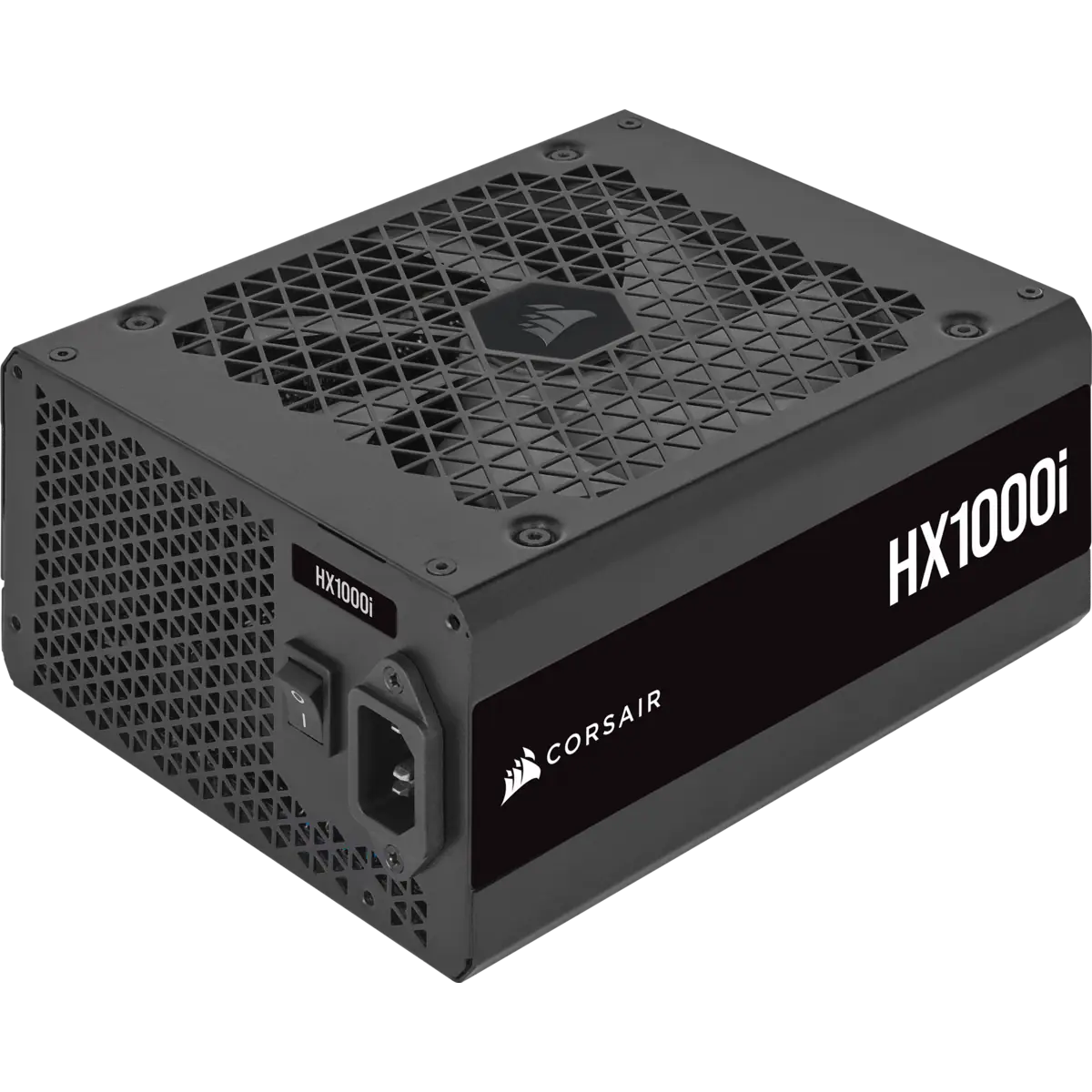
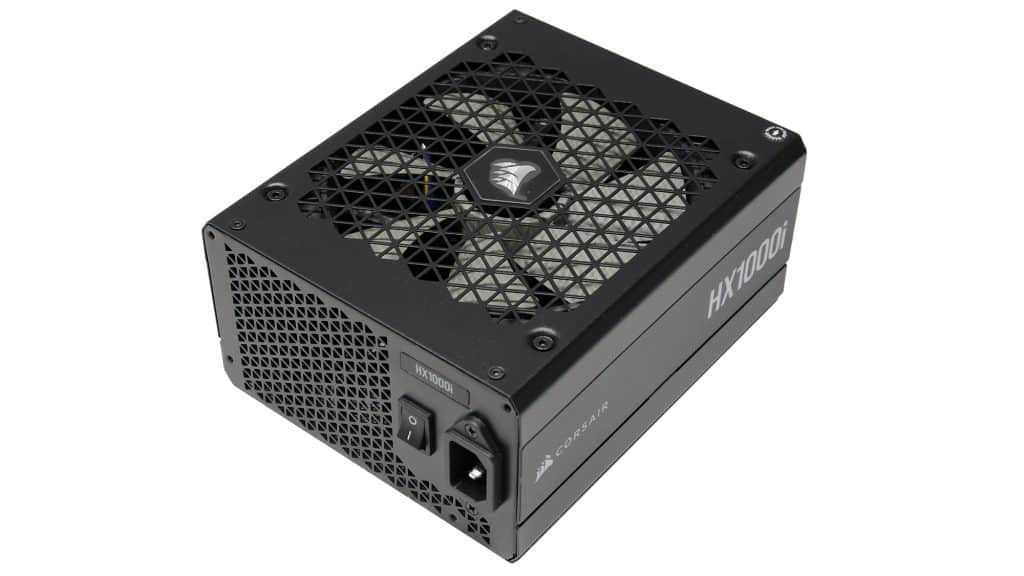

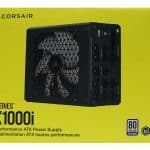

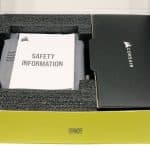

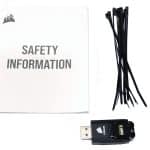
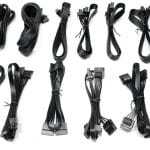
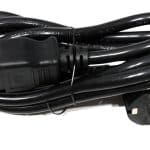
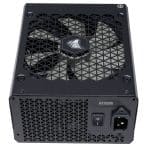
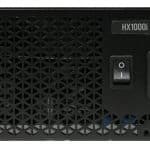
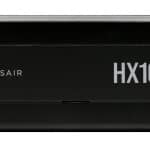

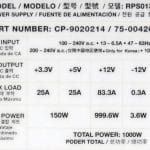
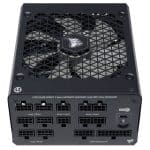
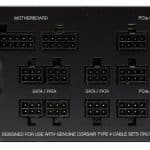
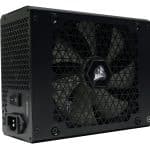
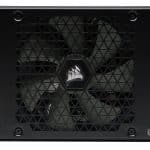
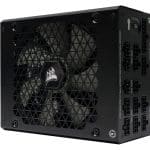
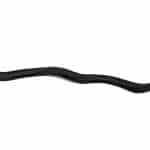
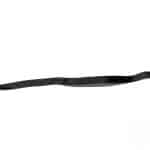
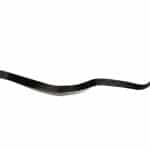

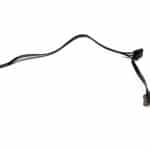

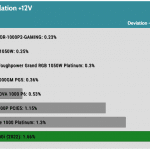
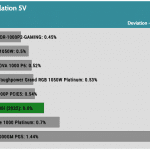
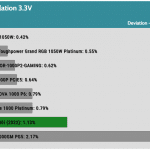
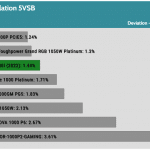
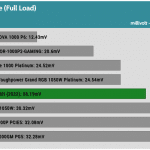
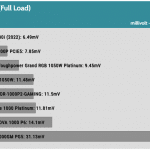
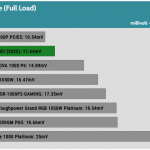
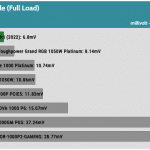


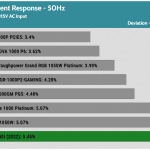
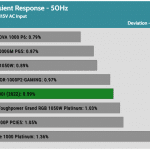
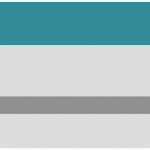

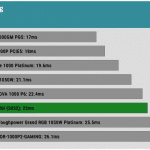
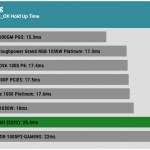
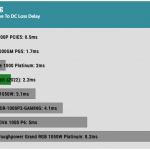
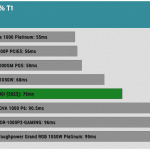

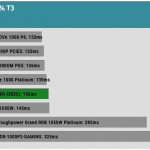
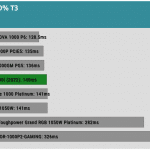
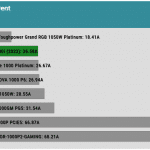
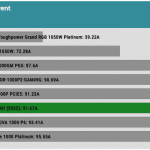
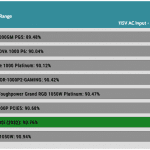
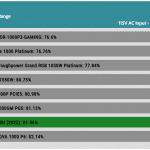
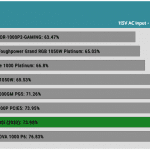
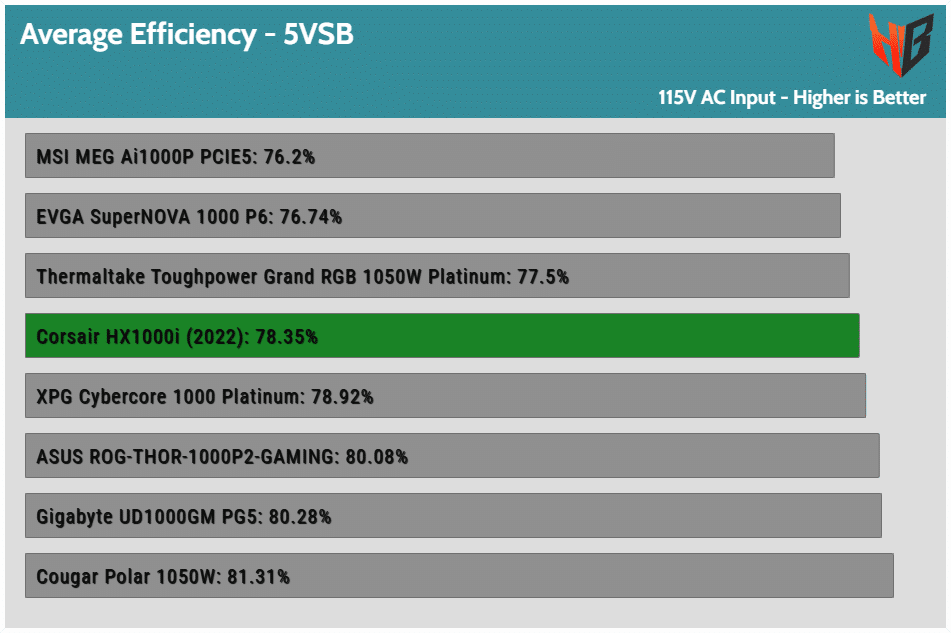
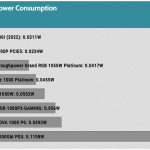
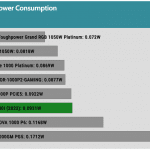
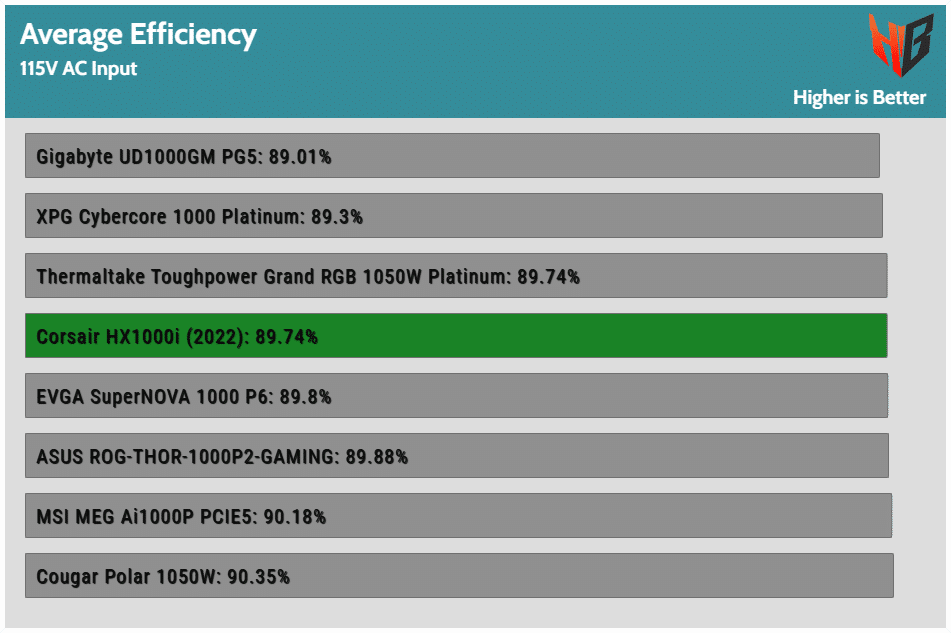
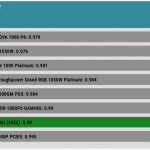
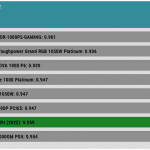
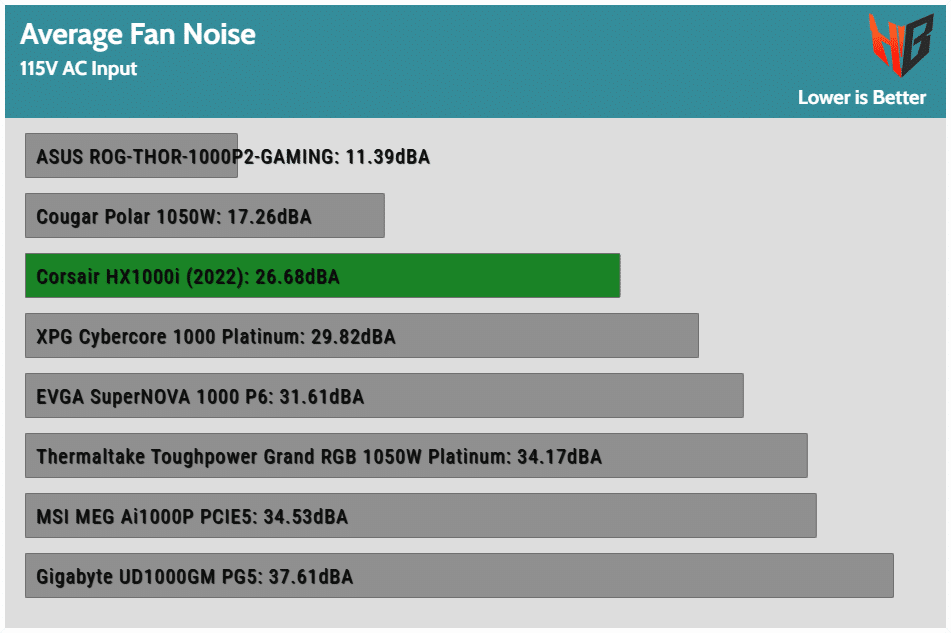
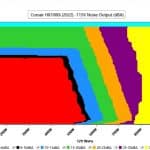

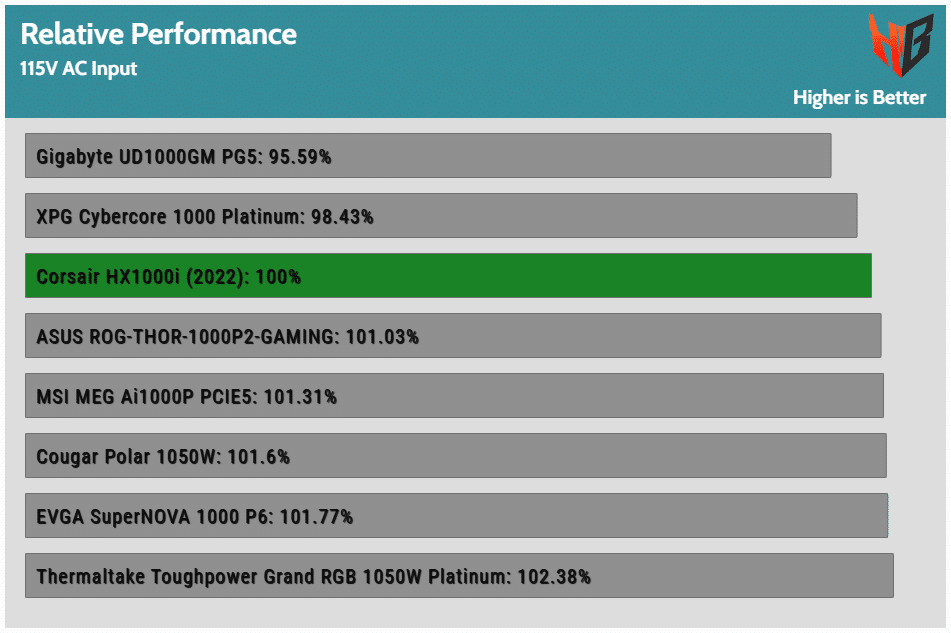
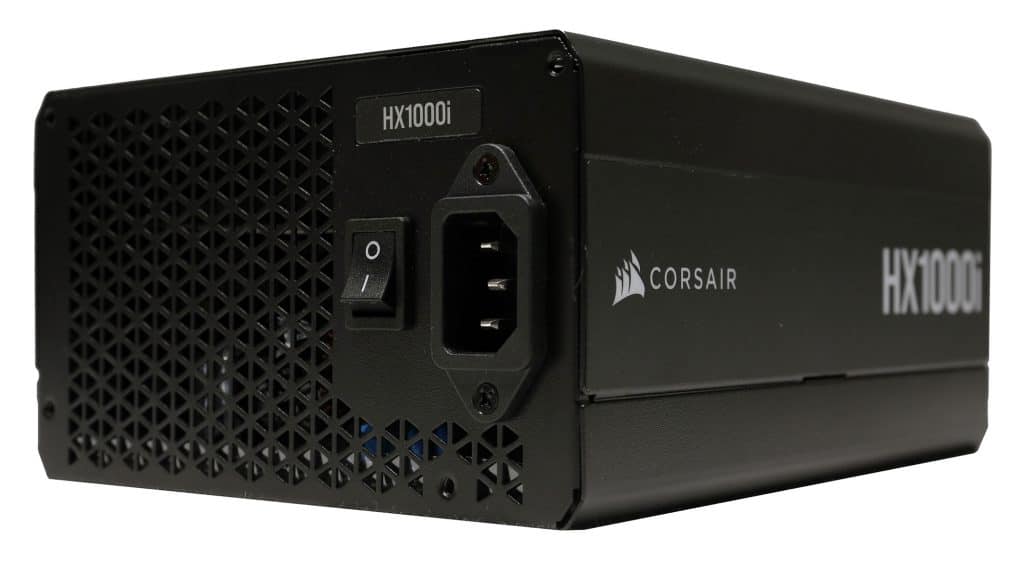
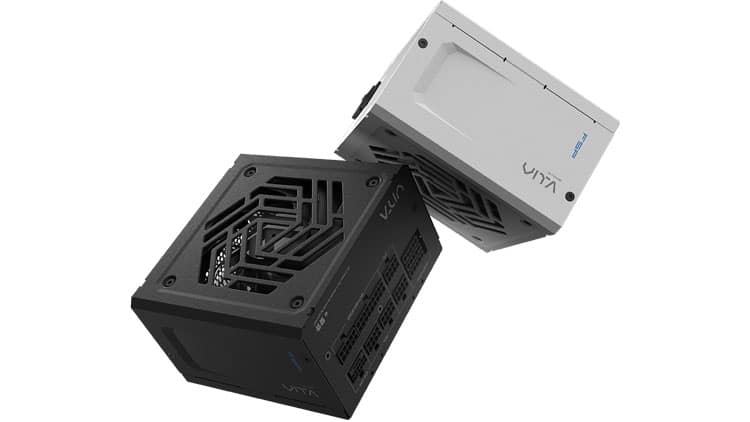

Just got this PSU and it has a very noticeable “click” sound constantly under low loads ( <200w ). It dissapears when having much higher loads. Sounds exactly like the relay, but it's constant, every 5-10 seconds, even when idle. It seems like a very big lot of units do this ( seen on reddit and other forums ). Not sure if it's gonna last me but a swap for another one isn't an option since it looks like most HX1000i's ( 2022 ) do that clicking sound. I really love the iCue integration but the factory issue makes me go for a Seasonic Prime.